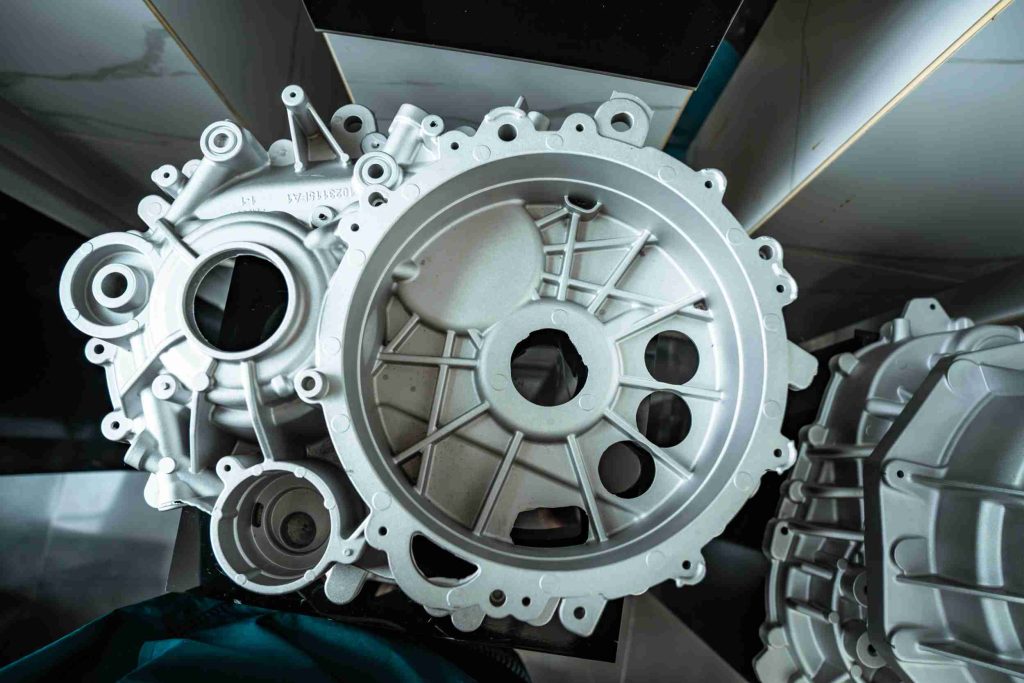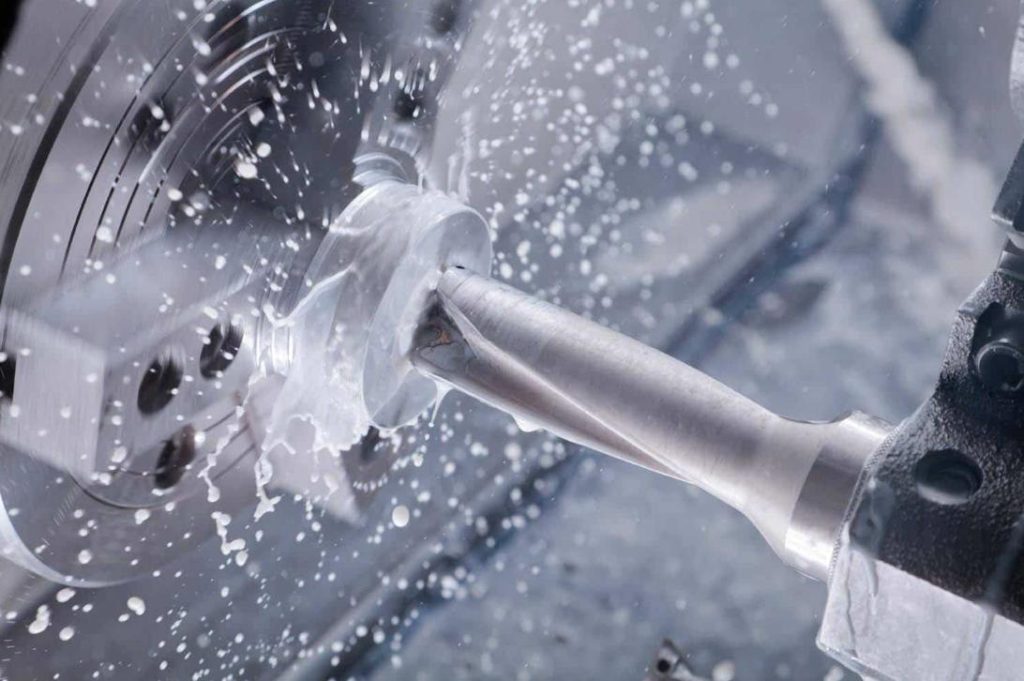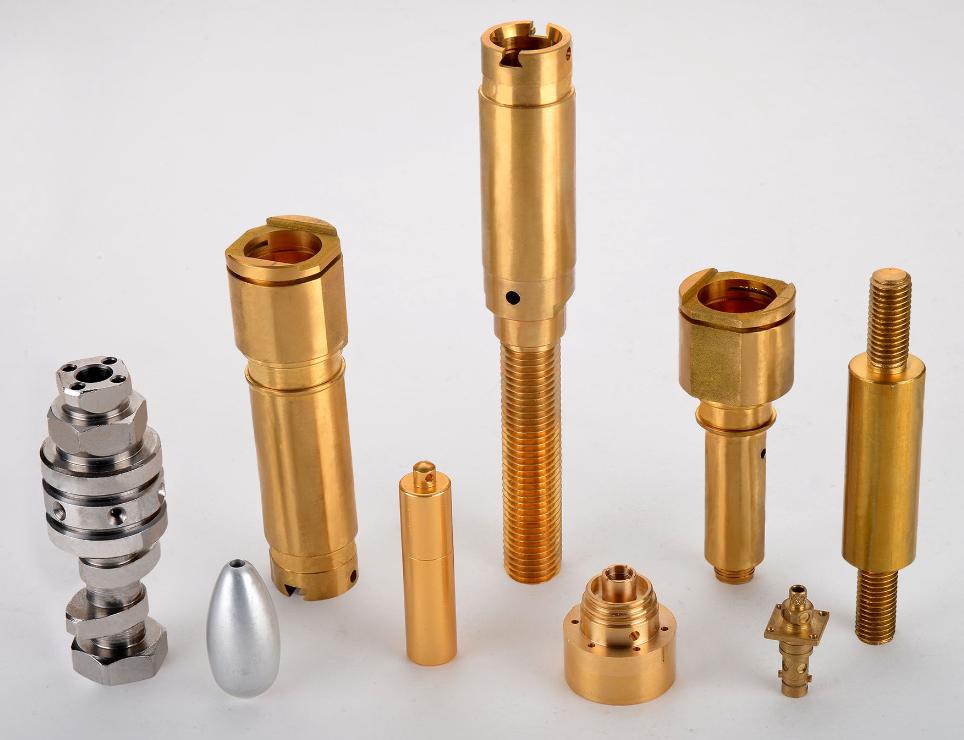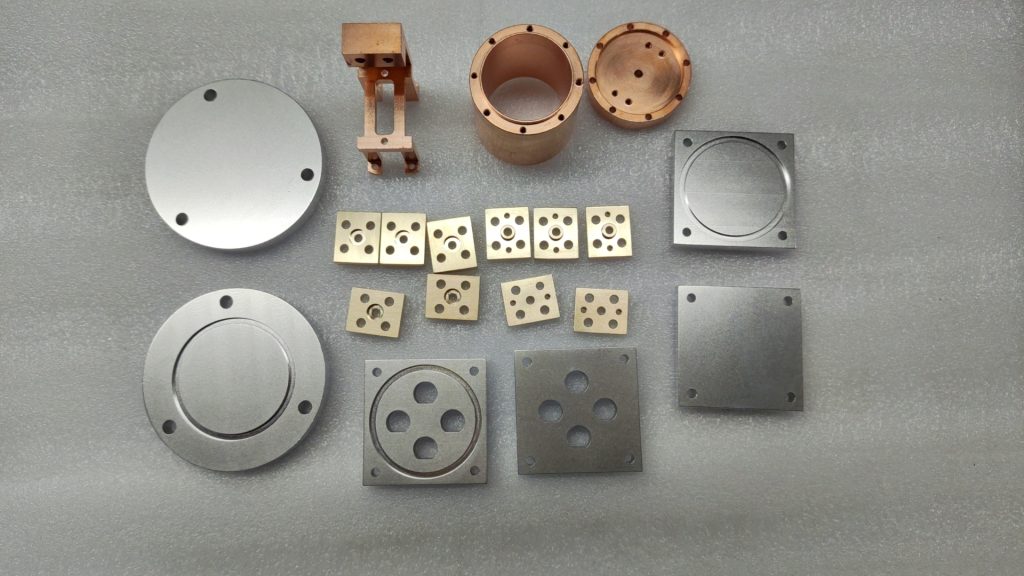CNC machining, a subtractive manufacturing process that uses programmed computer instructions to precisely shape parts from raw material, has revolutionized modern manufacturing. From intricate medical devices to robust automotive components, CNC machining enables the creation of complex geometries with high precision and repeatability. This article will delve into the key differences between CNC machining steel and aluminum parts, exploring their distinct material properties, machinability characteristics, cost implications, and typical applications, to help you make informed decisions for your next project.

Material Properties: Steel vs. Aluminum
| Property | Steel | Aluminum |
| Strength | High strength, excellent tensile and compressive strength. | Moderate strength, lower than steel but still suitable for many applications. |
| Hardness | High hardness, resistant to indentation and scratching. | Lower hardness than steel, can be improved through alloying and heat treatment. |
| Durability | Very durable, resistant to wear and tear. | Good durability, but less wear-resistant than steel. |
| Weight | Dense and heavy. | Lightweight, approximately one-third the weight of steel. |
| Corrosion Resistance | Varies depending on the type of steel (stainless steel exhibits excellent corrosion resistance). | Excellent corrosion resistance, especially in certain alloys. |
| Thermal Conductivity | Moderate thermal conductivity. | High thermal conductivity, dissipates heat quickly. |
| Types Commonly Used in CNC Machining | Carbon steel, stainless steel (e.g., 304, 316), alloy steel (e.g., 4140, 8620), tool steel. | Various aluminum alloys (e.g., 6061, 7075, 2024), each with specific properties. |
| Other Notable Properties | High temperature resistance, magnetic properties (in some steels). | Good machinability, high ductility. |
Machinability: Steel vs. Aluminum
| Feature | Steel | Aluminum |
| Challenges | Hardness and strength make machining challenging. Requires specialized tooling and precise control. | Softer nature makes it easier to machine. Less force is required. |
| Cutting Tools | Requires high-strength cutting tools (e.g., carbide, ceramic) to withstand high cutting forces and temperatures. | Can be machined with high-speed steel or carbide tools. Generally, tool wear is less of a concern. |
| Techniques | Slower cutting speeds and feed rates are often necessary. Coolant is crucial to dissipate heat and reduce tool wear. | Higher cutting speeds and feed rates are achievable. Coolant may still be beneficial. |
| Potential Issues | Tool wear, high cutting forces, difficulty in achieving tight tolerances, heat generation. | Chip formation can be an issue (stringy chips can be difficult to manage). Surface finish may require optimization. |
| Comparison | More difficult and time-consuming to machine. Higher tooling costs. | Easier and faster to machine. Lower tooling costs. |
| Advantages | Can achieve very precise dimensions and complex shapes. Excellent surface finish possible with proper techniques. | High material removal rates possible. Good surface finish achievable. |
| Disadvantages | Increased cycle times, higher energy consumption, greater potential for tool breakage. | More susceptible to galling or built-up edge on cutting tools if not handled properly. |
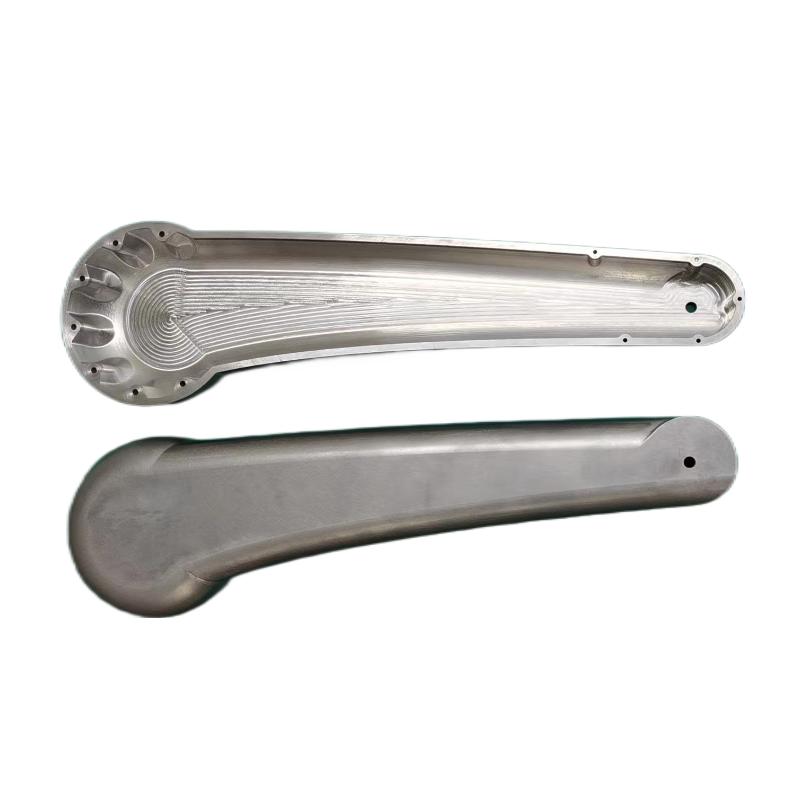
Applications: Steel vs. Aluminum
Steel Applications
Steel’s high strength, hardness, and durability make it ideal for demanding applications where structural integrity and resistance to wear are paramount. Some common examples include:
Structural Components: Bridges, buildings, and other infrastructure rely heavily on steel due to its ability to withstand heavy loads. Reinforcing bars (rebar) in concrete are also crucial for structural strength.
Automotive Parts: Engine blocks, chassis components, gears, and suspension systems are often made from steel due to its strength and ability to withstand the stresses of driving.
Cutting Tools: High-speed steel and other tool steels are used to manufacture cutting tools for machining other materials, due to their hardness and wear resistance. Drills, milling cutters, and lathe tools are common examples.
Fasteners: Bolts, nuts, screws, and other fasteners are frequently made from steel due to its strength and affordability.
Heavy Machinery: Construction equipment, agricultural machinery, and industrial machinery often utilize steel for their structural components and moving parts.
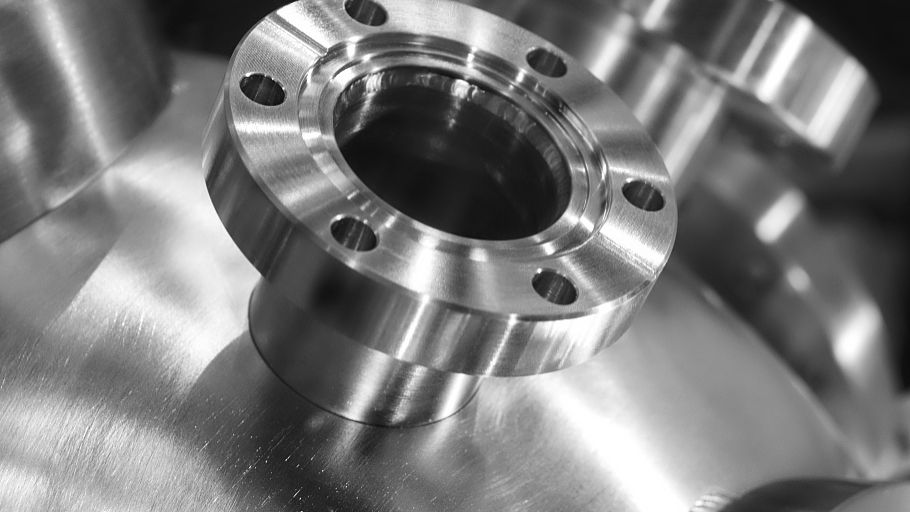
Aluminum Applications
Aluminum’s lightweight nature, excellent corrosion resistance, and high thermal conductivity make it suitable for applications where weight reduction, corrosion resistance, and heat dissipation are important. Examples include:
Aerospace Components: Aircraft wings, fuselage components, and structural supports are often made from aluminum alloys to reduce weight and improve fuel efficiency.
Consumer Electronics: Laptop casings, smartphone bodies, and other electronic devices often utilize aluminum for its lightweight and aesthetically pleasing properties.
Heat Sinks: Aluminum’s high thermal conductivity makes it ideal for heat sinks used in electronics and other applications to dissipate heat and prevent overheating.
Packaging: Aluminum cans and foil are used extensively in the food and beverage industry due to their lightweight nature, corrosion resistance, and recyclability.
Automotive Body Panels: Some car manufacturers are increasingly using aluminum for body panels to reduce weight and improve fuel economy.
Marine Applications: Boat hulls, marine hardware, and other components exposed to saltwater are often made from aluminum alloys due to their corrosion resistance.
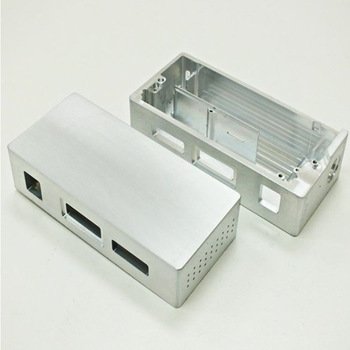
Key Findings
The decision between CNC machining steel parts and CNC machining aluminum parts hinges on a careful evaluation of several key factors. As we’ve explored, steel and aluminum possess distinct material properties that dictate their suitability for different applications. Steel, renowned for its strength, hardness, and durability, excels in demanding environments where structural integrity and wear resistance are paramount. Its various forms, from carbon steel to stainless steel, offer a range of properties tailored to specific needs. However, steel’s hardness also presents machining challenges, requiring specialized tooling and careful control of cutting parameters. Aluminum, conversely, shines with its lightweight nature, excellent corrosion resistance, and high thermal conductivity. Its ease of machining and ability to be formed into complex shapes make it a popular choice for industries ranging from aerospace to consumer electronics. While less strong than steel, aluminum’s versatility and desirable properties in specific applications are undeniable. Ultimately, the “best” material depends entirely on the specific requirements of the project. By carefully considering the material properties, machinability, and intended application, we can leverage the power of CNC machining to create high-quality parts from either steel or aluminum, optimizing performance, cost, and functionality.






